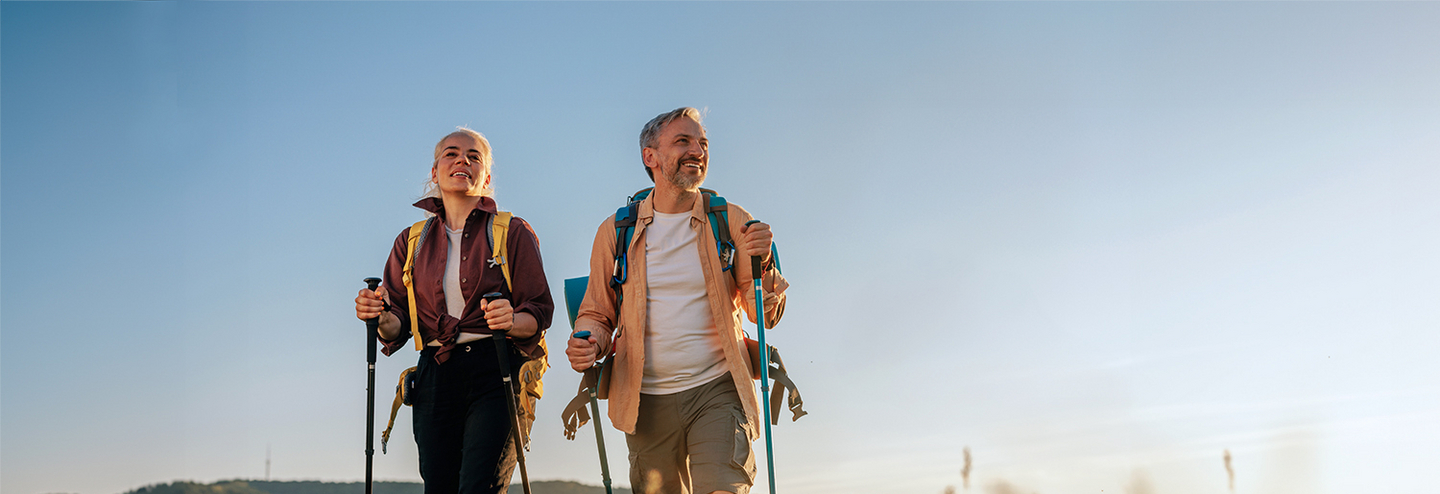What happens when we age
Our bodies do not continuously lose function throughout our lives. Instead, we accumulate illnesses and our body's ability to regenerate decreases more the older we get.
Measuring ageing
One way to measure ageing is our risk of dying within a given year. When we are young, this is still very low: a 20-year-old person in Germany has a 0.03% risk of dying before the age of 21. From the age of 30, however, this risk doubles approximately every 8 years.
This means that while our risk of dying within the year is still 0.04% at 30, it increases to 0.1% at 40 and 0.26% at 50. At the age of 60, the risk is already 0.75%, at 70 it has risen to 1.84% and at 80 the probability of dying within a year is already 4.71%. For 90-year-olds, the probability of not living to see their next birthday is 17%. A centenarian has almost the same probability of dying within a day as a 40-year-old within a year.
Animals that do not age
An increasing risk of death over time is considered a definition of ageing. There are some examples in the animal kingdom that do not age according to this definition – i.e. their probability of dying does not increase over time. Of course, these animals still die at some point, e.g. because they are eaten or because we interfere with their habitat. But they do not age. And that's why they can live much longer than we do.
Such species include the Greenland shark, which can live up to 500 years. Several species of turtles and tortoises can also live to extreme ages. For example, a giant Galapagos tortoise named Harriet is known to have lived to the age of ~175 years. She died in an Australian zoo in 2006. The Tu'i Malila radiated tortoise lived to be even older: it died in 1966 at the age of at least 188. According to tradition, it was given as a gift to the royal family of Tonga in 1777 by the British explorer James Cook and greeted Queen Elizabeth II and Prince Philip as the "oldest inhabitant of the kingdom" during their visit to the island state in 1953.
